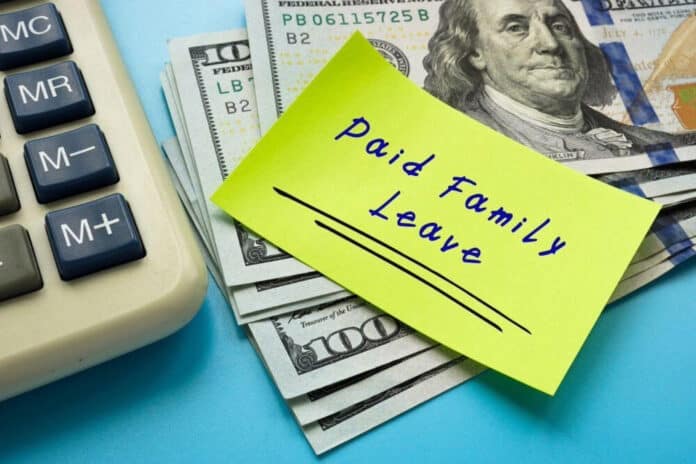
(The Center Square) — A new report says Minnesota’s new paid family and medical leave program will cost taxpayers about $628 million more than expected.
The report, commissioned by Minnesota’s Department of Employment and Economic Development and conducted by Milliman, found Minnesota’s paid family leave program will cost $628 million more than state officials estimated during the legislative session and the PFML tax will be 31% higher than expected in year two.
Over the first three years, the Milliman report estimates total PFML expenses at $4.4 billion.
The National Federation of Independent Business cites the independent actuarial firm in arguing the state can’t afford the program funded by higher business taxes.
“We’re still two years away from the PFML mandate taking effect and costs are already out of control,” NFIB Minnesota State Director John Reynolds said in a statement. “Over and over, NFIB warned the math did not add up here and this report shows our fears were well founded. In its first ten years, the program will likely cost billions more than the Walz Administration claimed.”
The Milliman report projects significantly higher benefit and administrative costs compared to the state’s estimates, which NFIB says means higher payroll taxes for small businesses and workers.
The Walz Administration projected the PFML tax rate to be 0.70% and remain the same in subsequent years, characterizing their estimates as “doubly conservative.”
However, Milliman’s report says a much higher PFML tax is necessary after the first year:
- Year 1: 0.70%
- Year 2: 0.92% (+31%)
- Year 3: 0.78% (+11%)
- Year 4: 0.86% (+23%)
“Lawmakers need to rein this in next year before the PFML tax eats into worker paychecks and small business bottom lines,” Reynolds continued. “Instead of raising the payroll tax, Governor Walz and lawmakers should scale back the mandate to limit the cost and burden on small employers and their employees.”
Gov. Tim Walz’s office and the Minnesota Management and Budget Office haven’t yet responded to a request for comment about the report.
NFIB urged lawmakers to control PFML costs by capping the tax rate at 0.70% of FICA wages and eliminating administrative authority to increase the rate above that level. They also want lawmakers to reduce the total amount of annual leave from 20 weeks to 12 weeks plus 2 weeks for pregnancy and childbirth complications, and make the program voluntary for employers with fewer than 50 employees.
Minnesota lawmakers passed PFML during the 2023 Minnesota legislative session.
“We are still over two years out from when Minnesotans will be able to begin accessing these benefits and the cost of the program is already soaring. Republicans warned that the $2.9 billion tax increase wouldn’t be enough to cover the program, putting every Minnesotan in the difficult position of having even more taxes taken out of their paycheck every month to pay for a benefit they may have already been receiving,” House Minority Leader Lisa Demuth, R-Cold Spring, said in a statement.

















